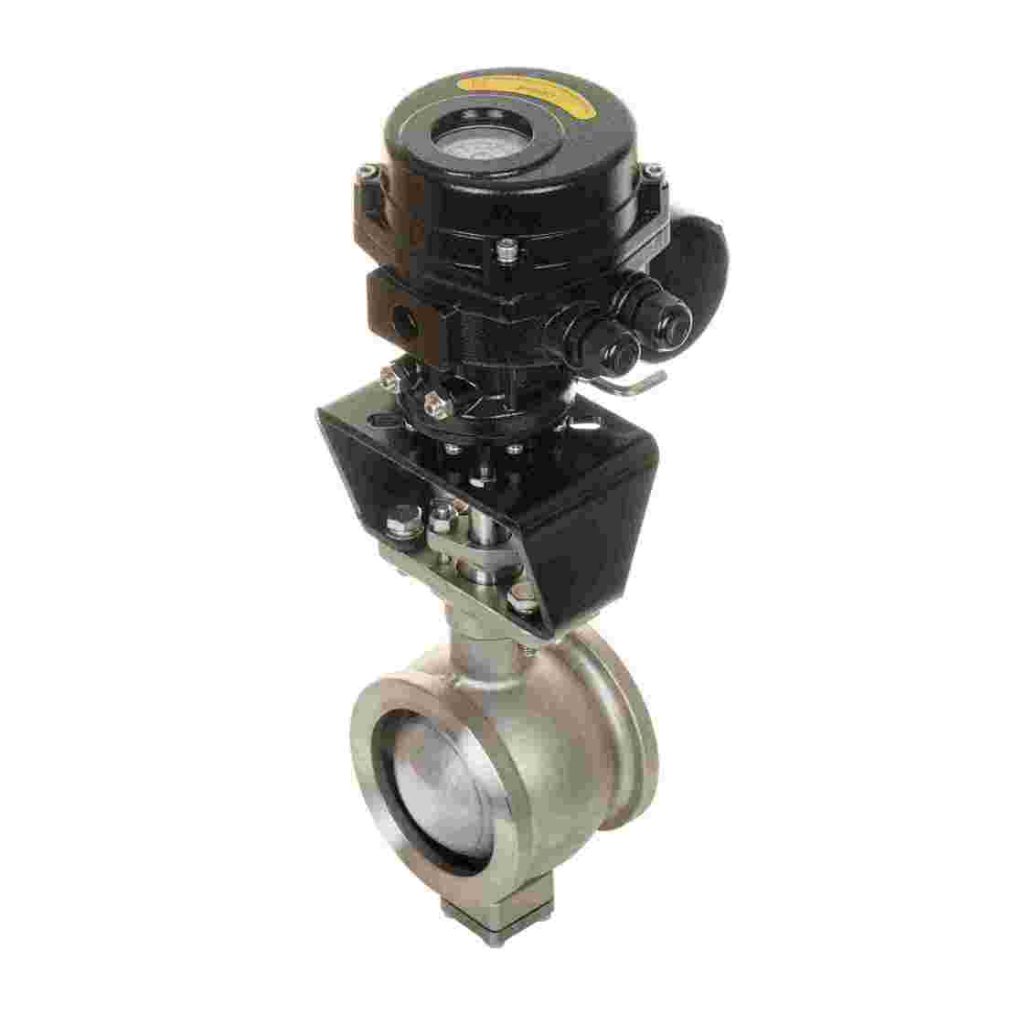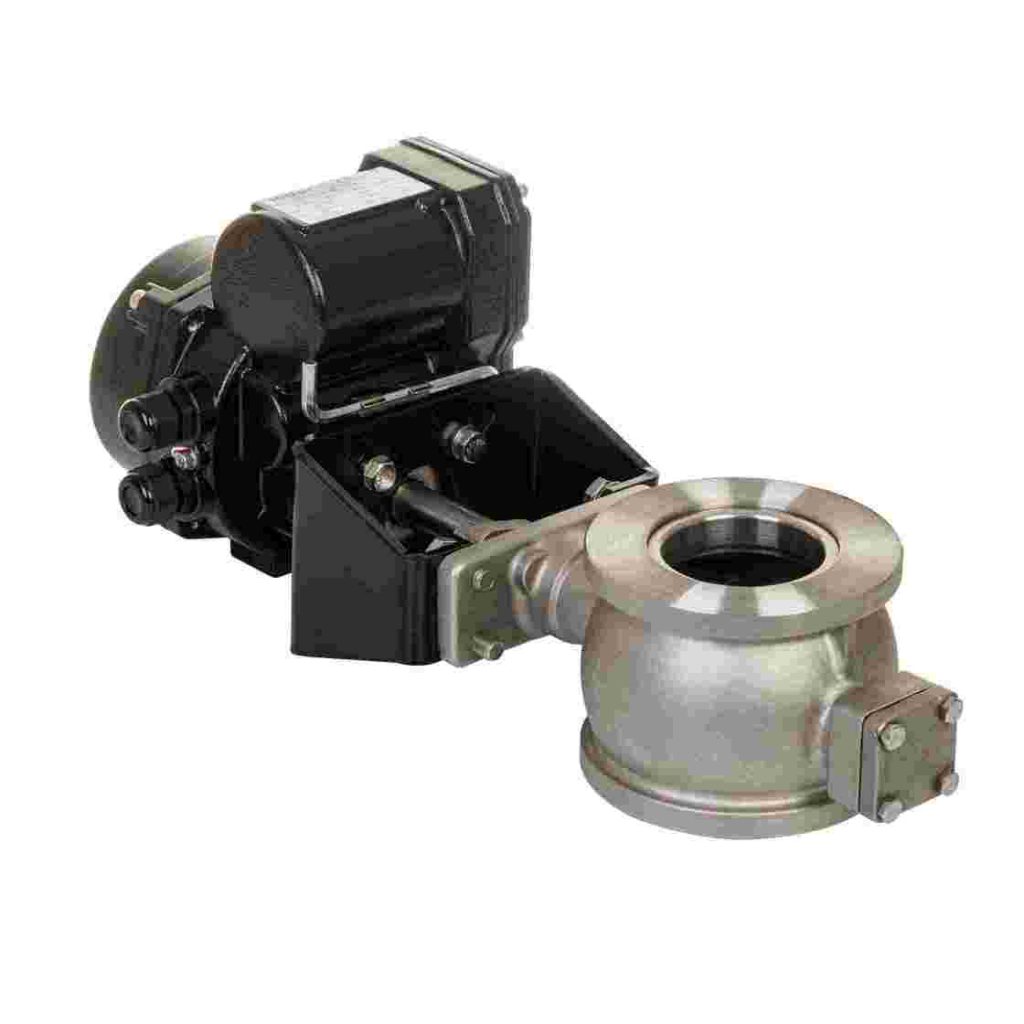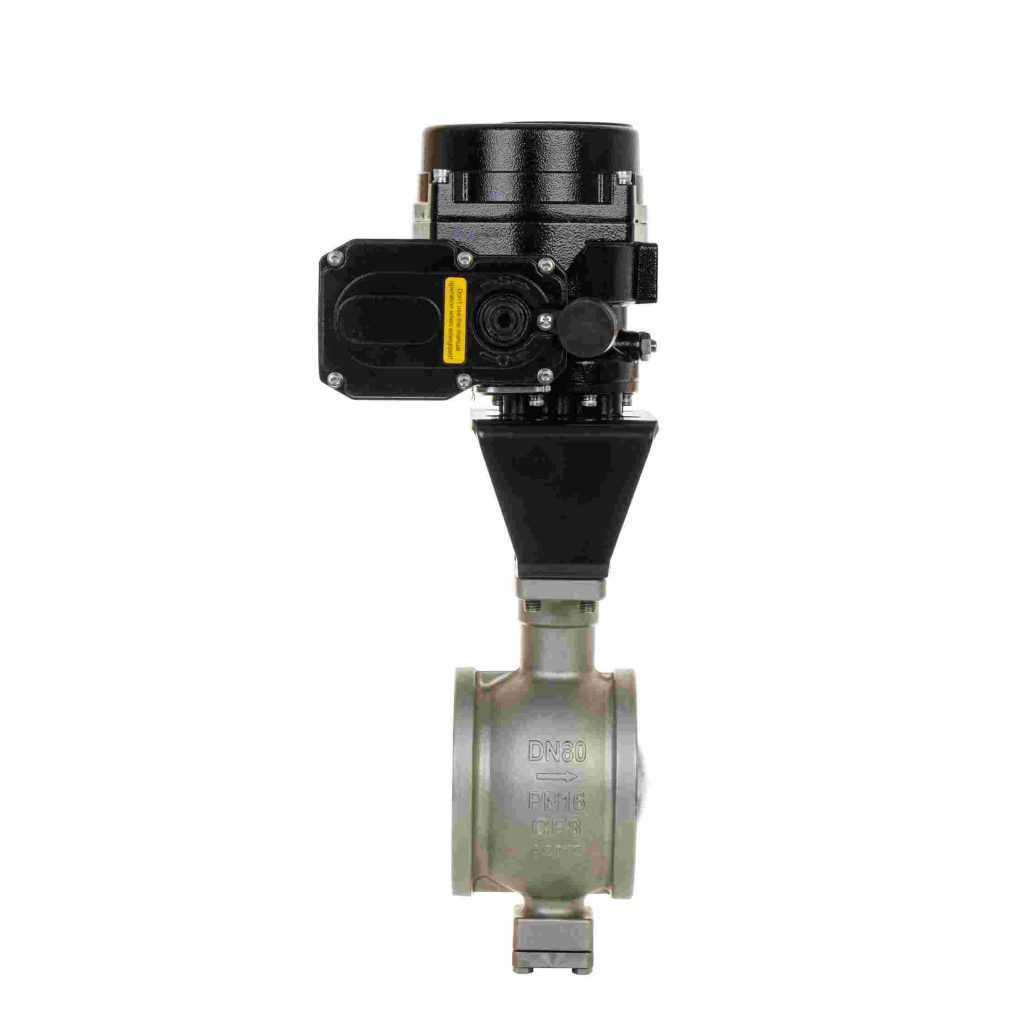In recent years, the integration of renewable energy sources and advancements in automation have led to the development of innovative solutions for industrial control systems. One such advancement is the Lithium Battery Electric V-Ball Valve, which has proven to be a game-changer in industries that require precision, reliability, and energy efficiency. This cutting-edge valve combines the energy storage capabilities of lithium batteries with the efficiency and versatility of electric actuators, providing a seamless solution for controlling the flow of fluids and gases in various applications. In this article, we will explore the working principle, benefits, and applications of Lithium Battery Electric V-Ball Valves and their impact on modern industrial automation.

Understanding the Lithium Battery Electric V-Ball Valve

A V-Ball valve, named for the V-shaped notch in the ball that controls fluid flow, is widely used in applications where precise flow control is critical. The valve is typically actuated by an electric motor or pneumatic system, enabling remote operation and real-time adjustments to the flow rate. The addition of a lithium battery to this system provides a reliable and sustainable power source for the electric actuator, allowing the valve to operate even in areas with intermittent or unreliable electrical supply. Lithium batteries are preferred in these applications because of their superior energy density, longer lifespan, and faster charging capabilities compared to traditional battery technologies. When integrated with electric V-Ball valves, these batteries ensure that the valve continues to function efficiently over extended periods, even in off-grid or remote locations.

Leave a Reply